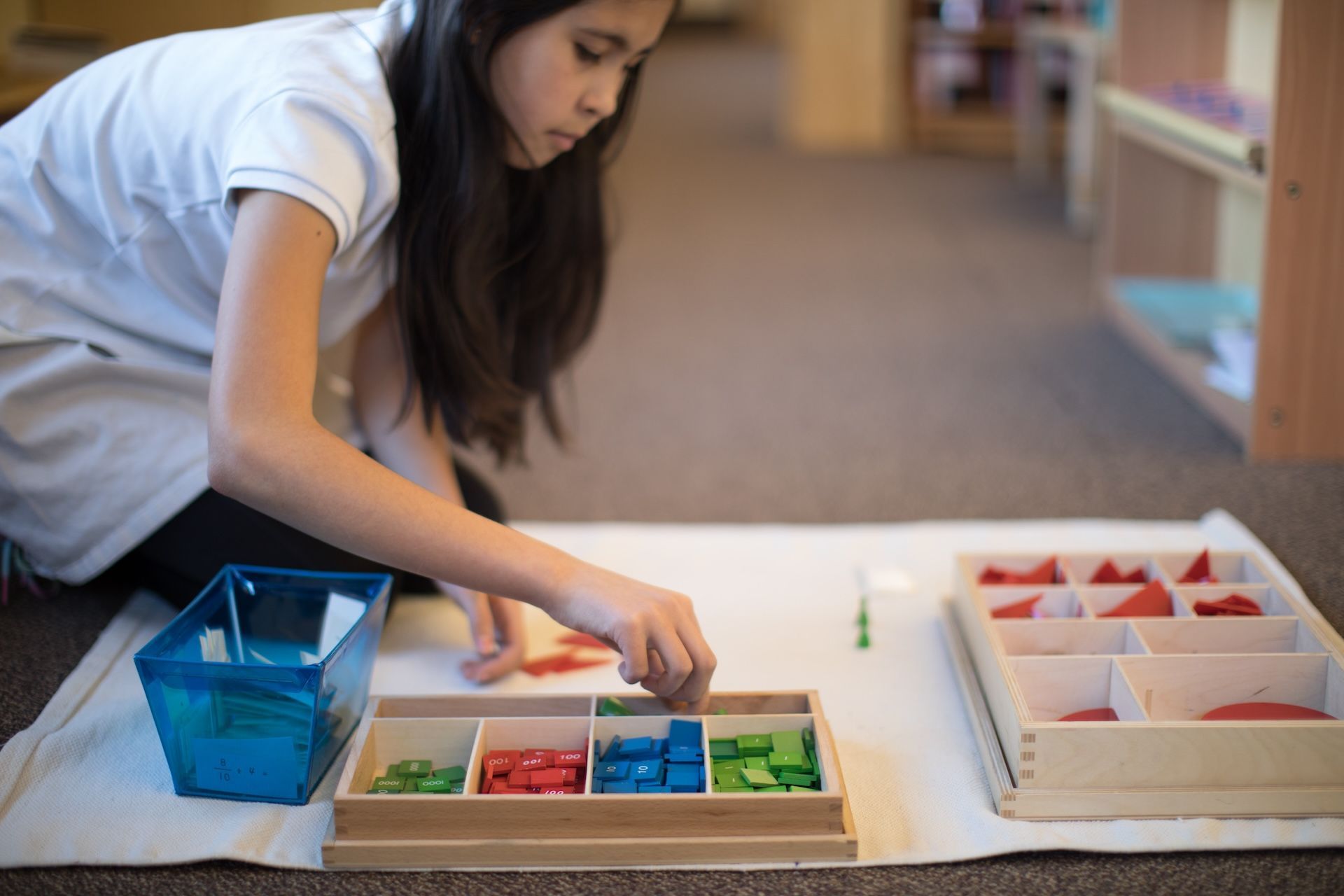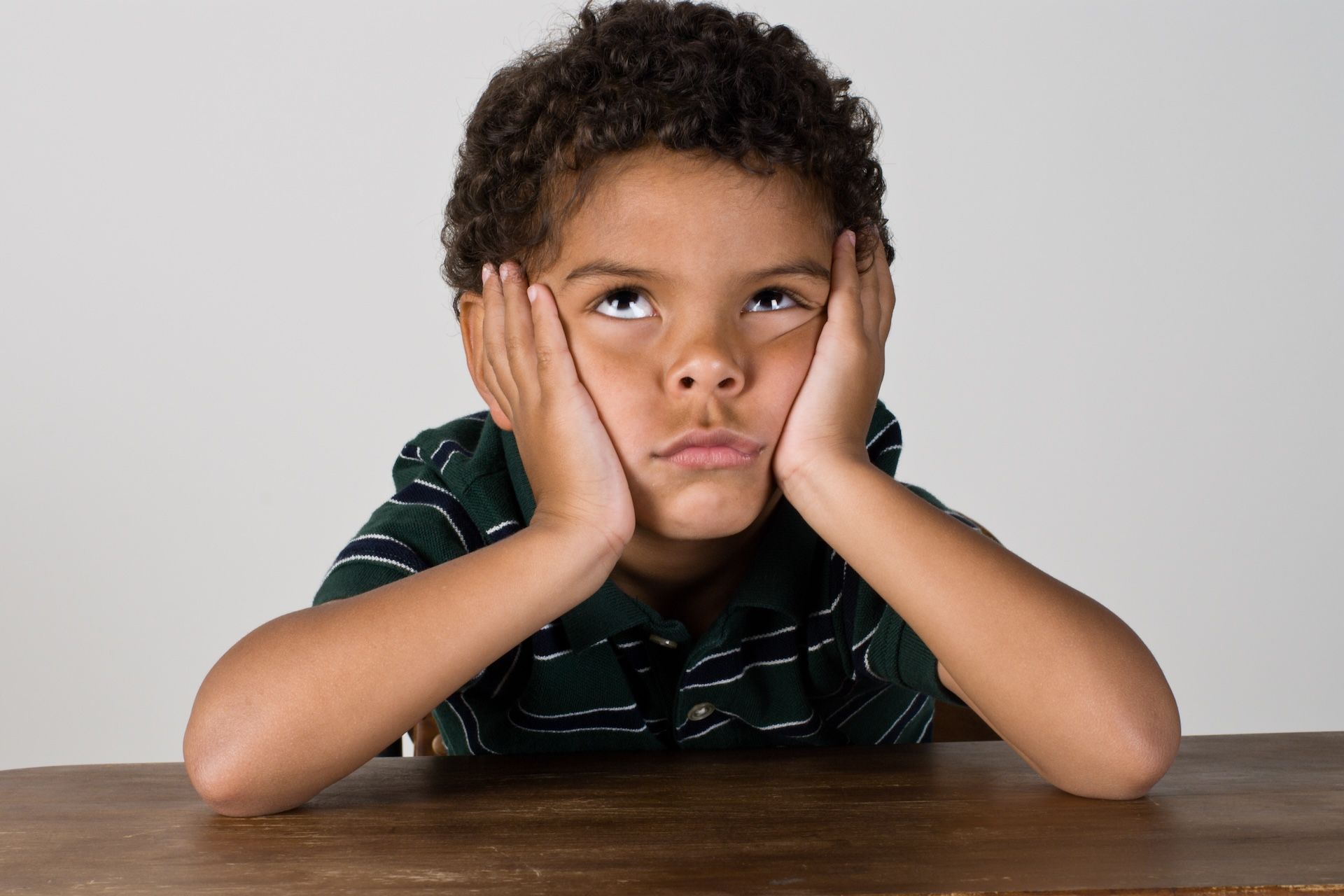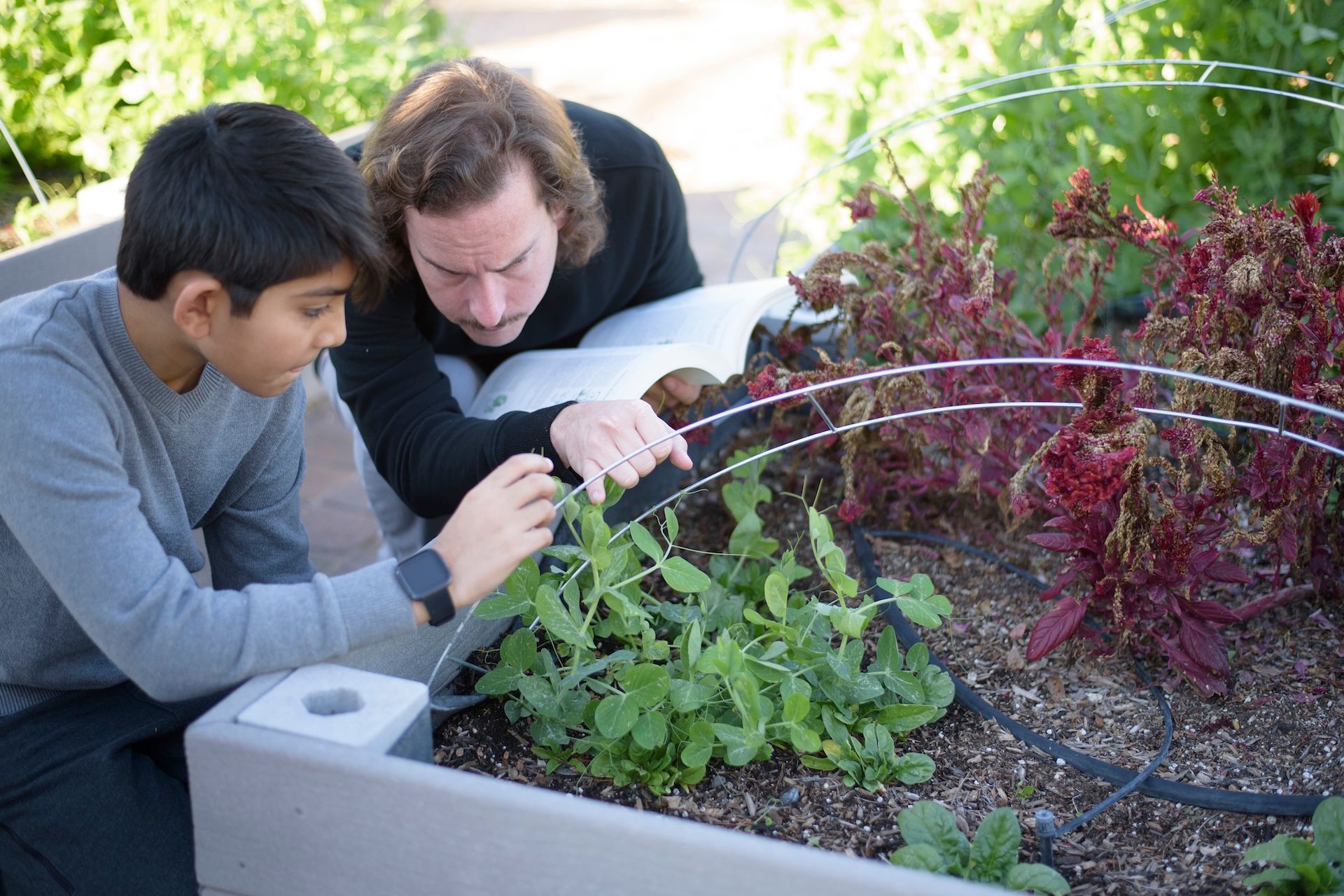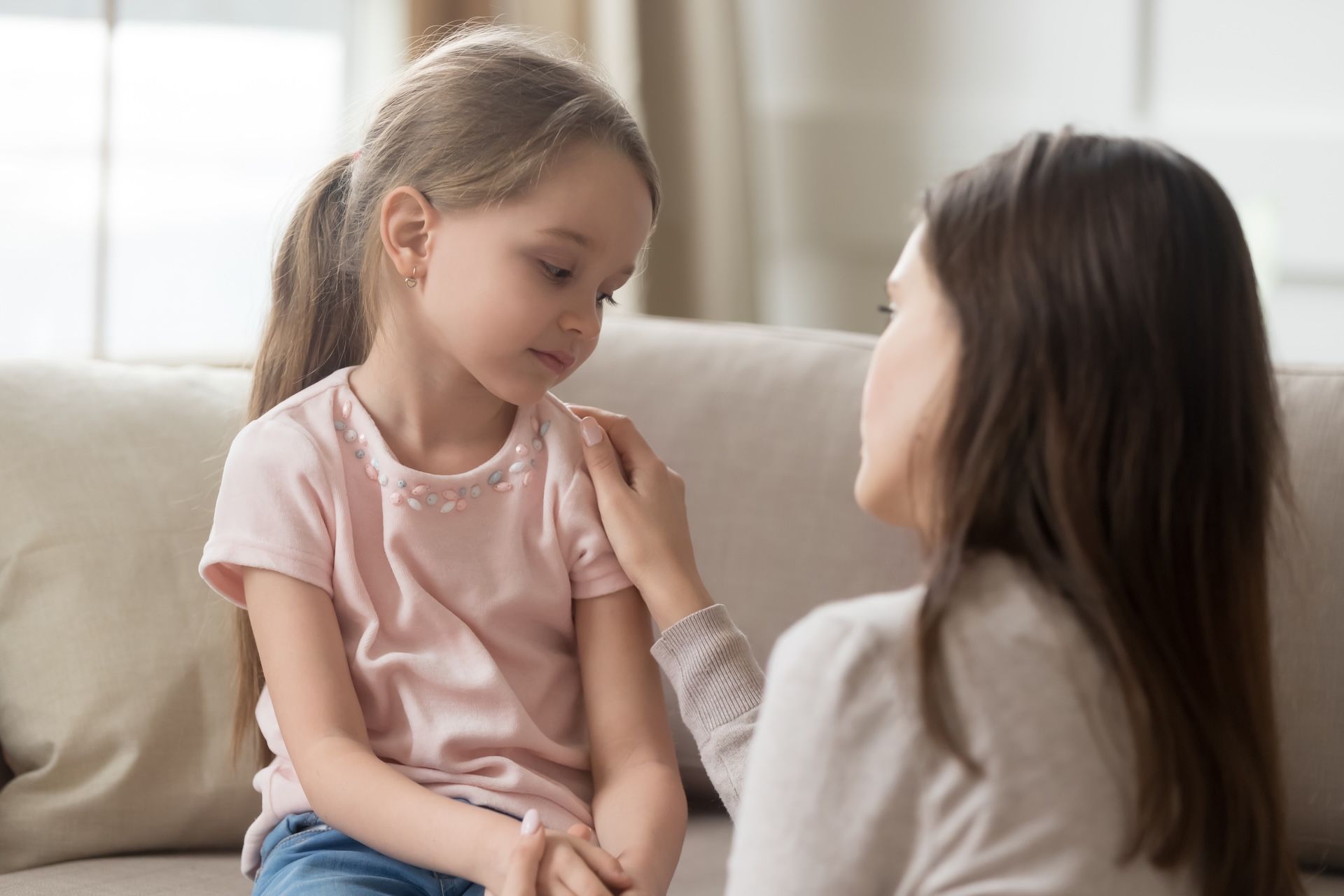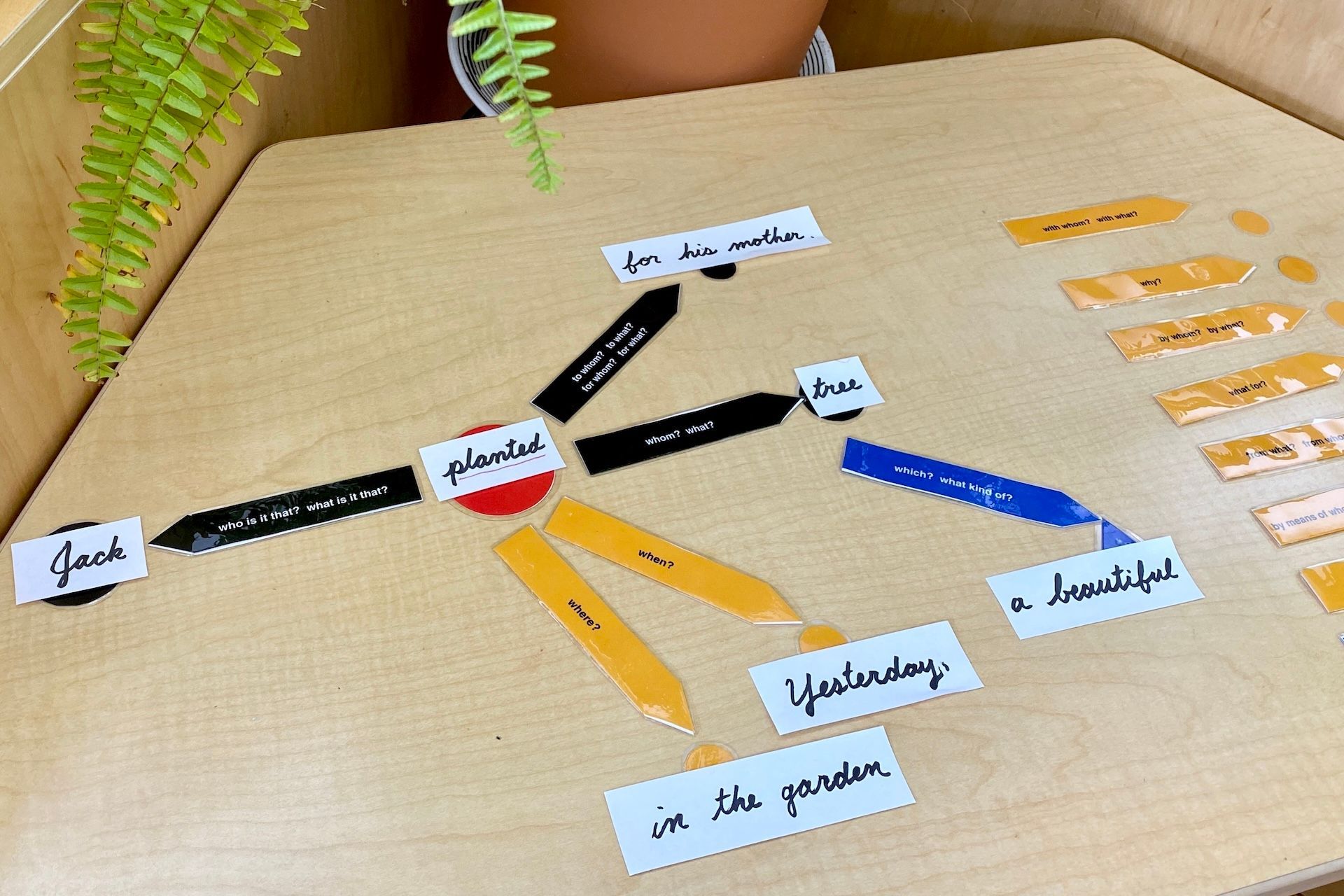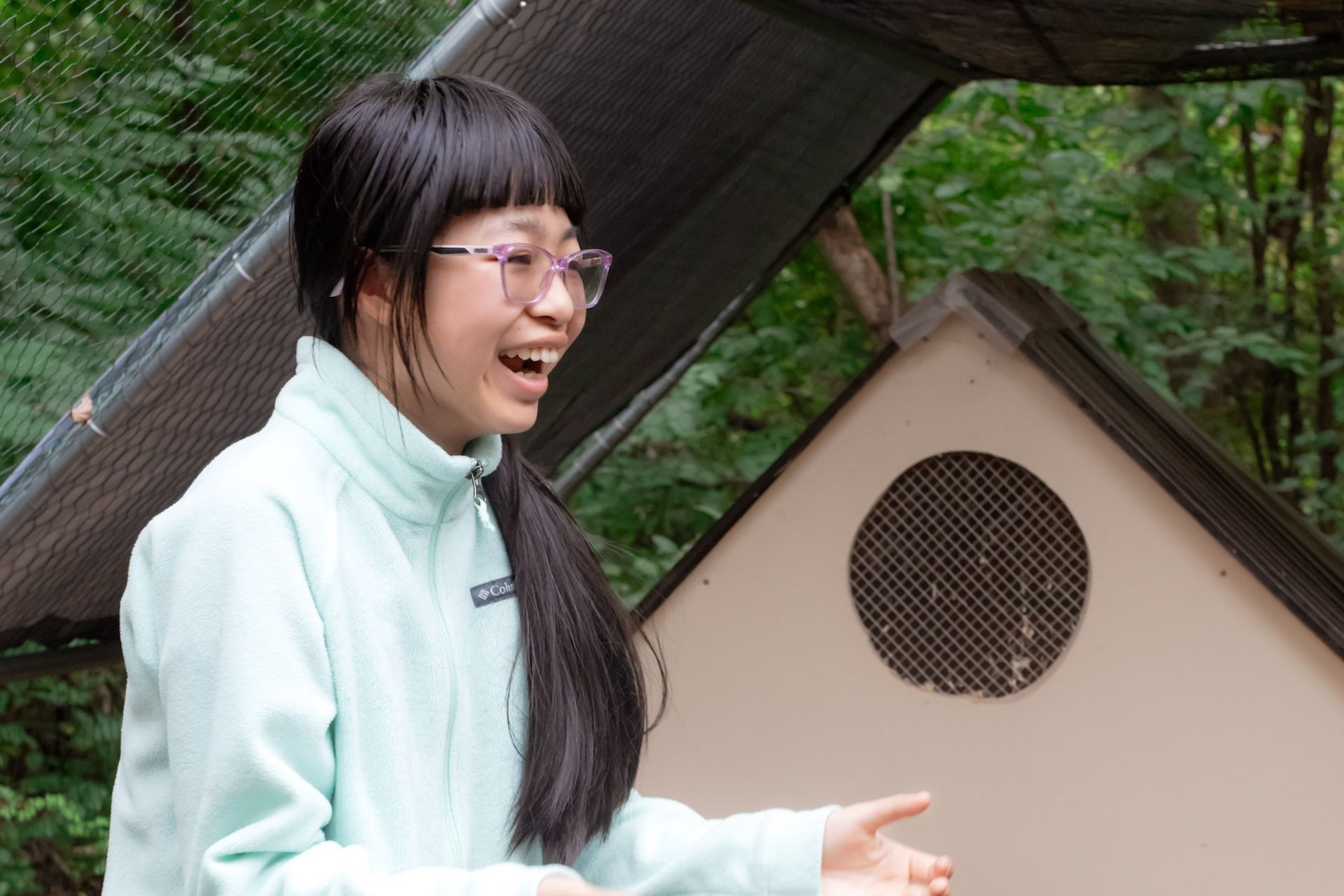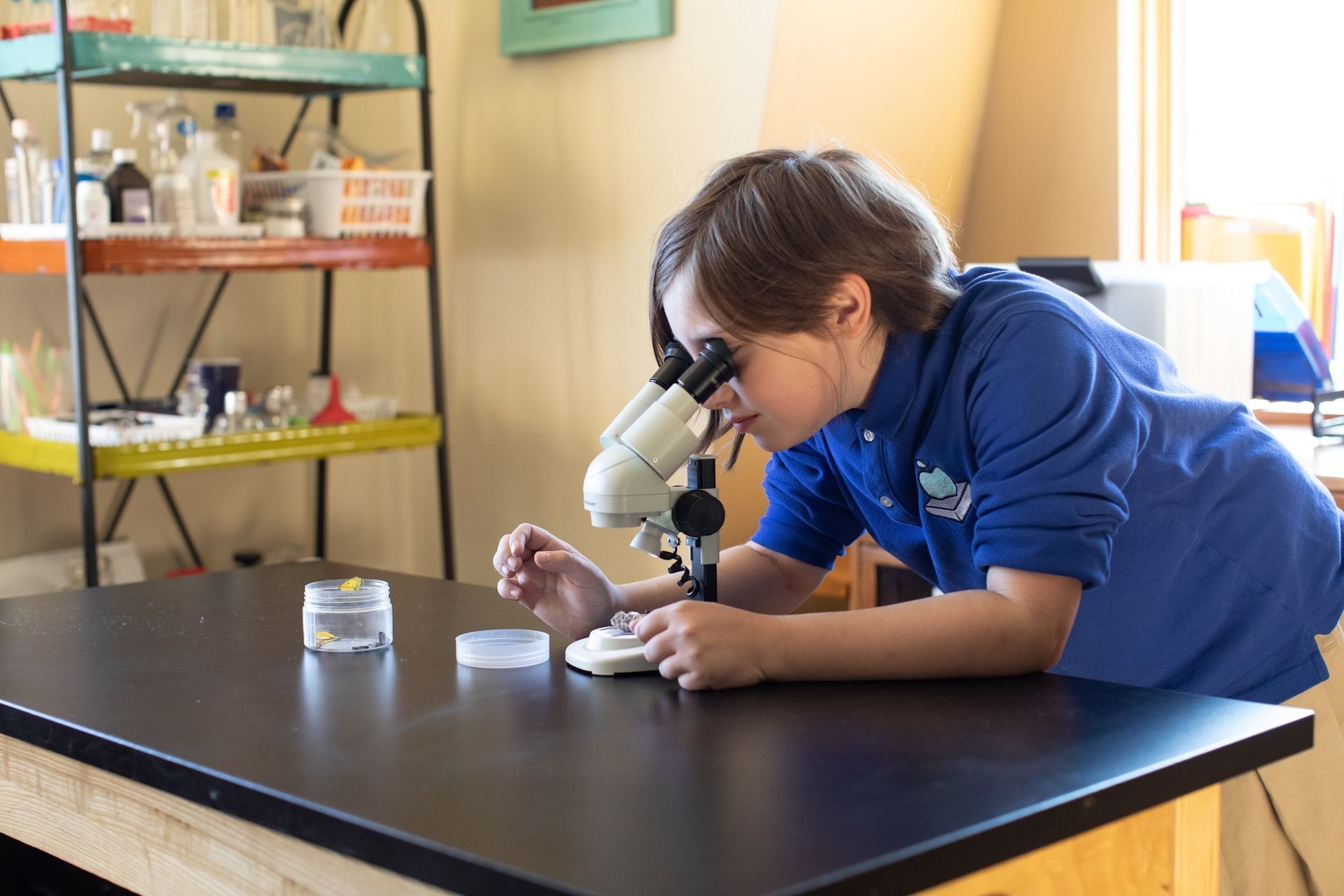Graphic Novels (ages 6-18)
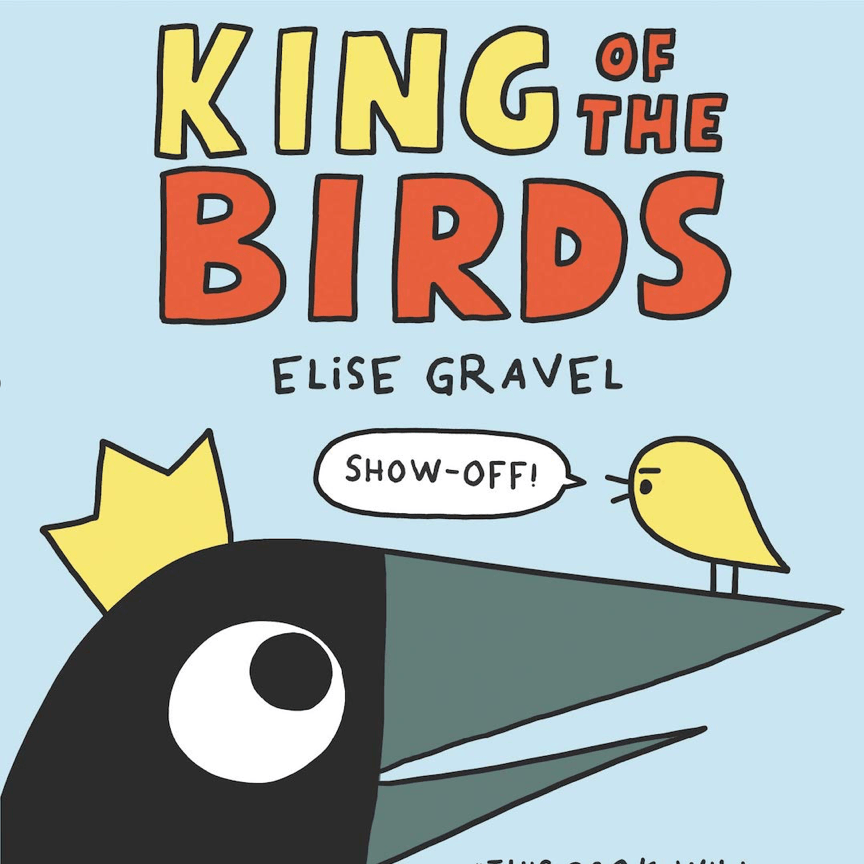
Graphic novels are having a moment. There was a time not long ago when it was easy for most adults to view them as “not real” books. Today we know that couldn’t be further from the truth. Many graphic novels are of very high quality; the plots and characters are well developed, and they are recognized for the important contribution they make to youth literature. They can motivate reluctant readers and increase reading comprehension. And what’s even better? There are great options out there for readers of all ages.
Whether your child is 6 or heading off to college soon, check out our list for suggestions. Many of these are part of a series, so it’s easy to get hooked on one title and feel eager to reach for the next. Suggested ages are listed below each title (but we will fully admit that we loved reading each and every one).
Narwhal: Unicorn of the Sea by Ben Clanton
(6-9 years) One day, a narwhal and a jellyfish meet - neither one believing the other is real. They decide to be friends anyway, and embark on many silly adventures, with some amazing science facts sprinkled in. Narwhal and Jelly love to use their imaginations...about as much as they love waffles.
Arlo & Pips: King of the Birds by Ben Clanton
(6-10 years) Arlo, a crow of many talents, meets a tiny yellow bird named Pips. Together, they wander around the city, delighting readers with incredible information about crows (did you know they give gifts to people they like?) and plenty of jokes.
Consent (for Kids!): Boundaries, Respect, and Being in Charge of YOU by Rachel Brian
(6-10 years) If we could recommend just one book on this list, it would be this one. The information on these pages is critical for all children to read, and the illustrations and text are presented in such a way that will keep them interested. Sitting and reading this one together with your child will provide opportunity for some important conversations.
Binky the Space Cat by Ashley Spires
(ages 7-10) Binky is an indoor house cat. He loves the large and small humans that live with him, but he fears for all their safety because he believes there are space aliens just outside the door. The only logical thing to do is to become a certified space cat, build a spaceship, and do everything he can to protect those he loves. This book is fantastically ridiculous.
Noisemakers: 25 Women Who Raised Their Voices & Changed the World
(8-12 years) From the makers of Kazoo (an amazing magazine for kids), this collection is graphic novel meets Goodnight Stories for Rebel Girls . Information on each woman is clear and accessible, and teaches readers about influential women. Included are figures such as fossil hunter Mary Anning, ballerina Maria Tallchief, detective Kate Warne, and explorer Jeanne Baret.
Science Comics: Coral Reefs: Cities of the Ocean by Maris Wicks
(9-13 years) Packed with fascinating information (like radial symmetry, life cycles, animal classification, ocean salinity, reef formation, and the water cycle), science-loving kids will really enjoy this book. Coral reefs, the creatures that live within them, and their effect on other living systems are more complex than one might think. Bright illustrations and a friendly fish narrator keep readers turning the pages.
Seen: True Stories of Marginalized Trailblazers: Rachel Carson by Birdie Willis, Rii Abrego, and Kieran Quigley
(11-16 years) This one might be a little trickier to track down; we found our copy at our local library, but it’s also sold at comic book stores. Definitely worth the extra searching, this book tells the true story of a girl who grew up loving nature and writing, and eventually found a way to put both talents to good use. Rachel Carson changed the way the people looked at the environment, and the role we play in caring for it.
The Girl from the Sea by Molly Knox Ostertag
(12-18 years) Morgan is 15, and her life isn’t exactly what she wants it to be. Her parents just got divorced, her little brother is being rude, and she’s hiding a pretty big secret. She’s realized she likes girls, but she doesn’t feel like she can tell anyone until she goes off to college in a few years. Then she accidentally falls into the ocean and is saved by a beautiful girl named Keltie - who turns out to be a selkie with the heart of an environmentalist. Morgan’s summer - and life - is about to change.
Constitution Illustrated illustrated by R. Sikoryak
(13-18 years) Everyone living in the United States should read through the constitution at some point, and with the recent major shifts in our nation, even adolescents are becoming more interested in learning about politics and our history. This book contains the original text...accompanied by some entertaining illustrations. Characters like Calvin and Hobbs, the Peanuts, Spongebob, and senators and congressmen stylized like superheroes grace the pages, making reading the text more relatable to young people.
Run by John Lewis and Andrew Aydin, illustrated by L. Fury and Nate Powell
(13-18 years) “First you march, then you run.” Co-authored by former Congressman Lewis and released this past August, Run details what it’s like to work against oppressive systems, and how that work can span decades. Covering some of the most influential moments of the civil rights movement, Lewis emphasizes that those powerful events were the beginning of a long and challenging journey.
